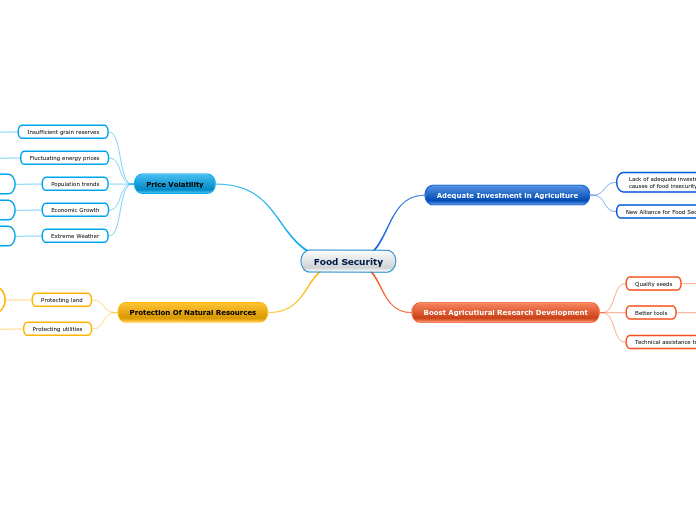da Alexandria Hornbeck mancano 7 anni
399
Biome Concept Map
The savanna biome is a vast ecosystem that covers roughly 20% of the Earth's surface, characterized by dry grassy plains and widely spaced trees. It experiences distinct wet and dry seasons, with hot summers and mild winters.









